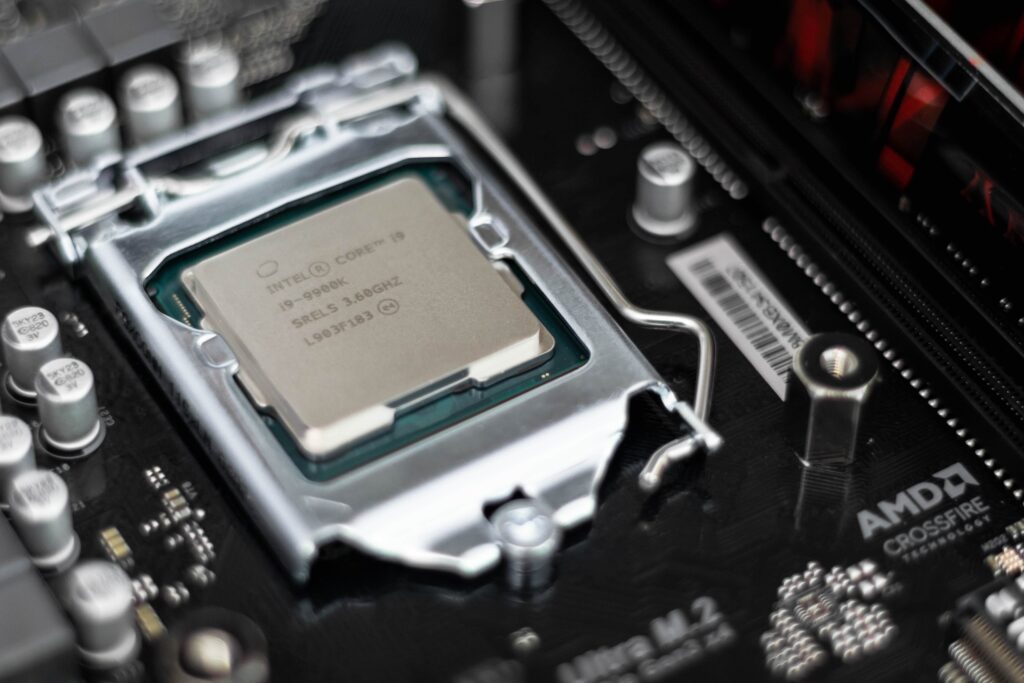Laptop Recommendations
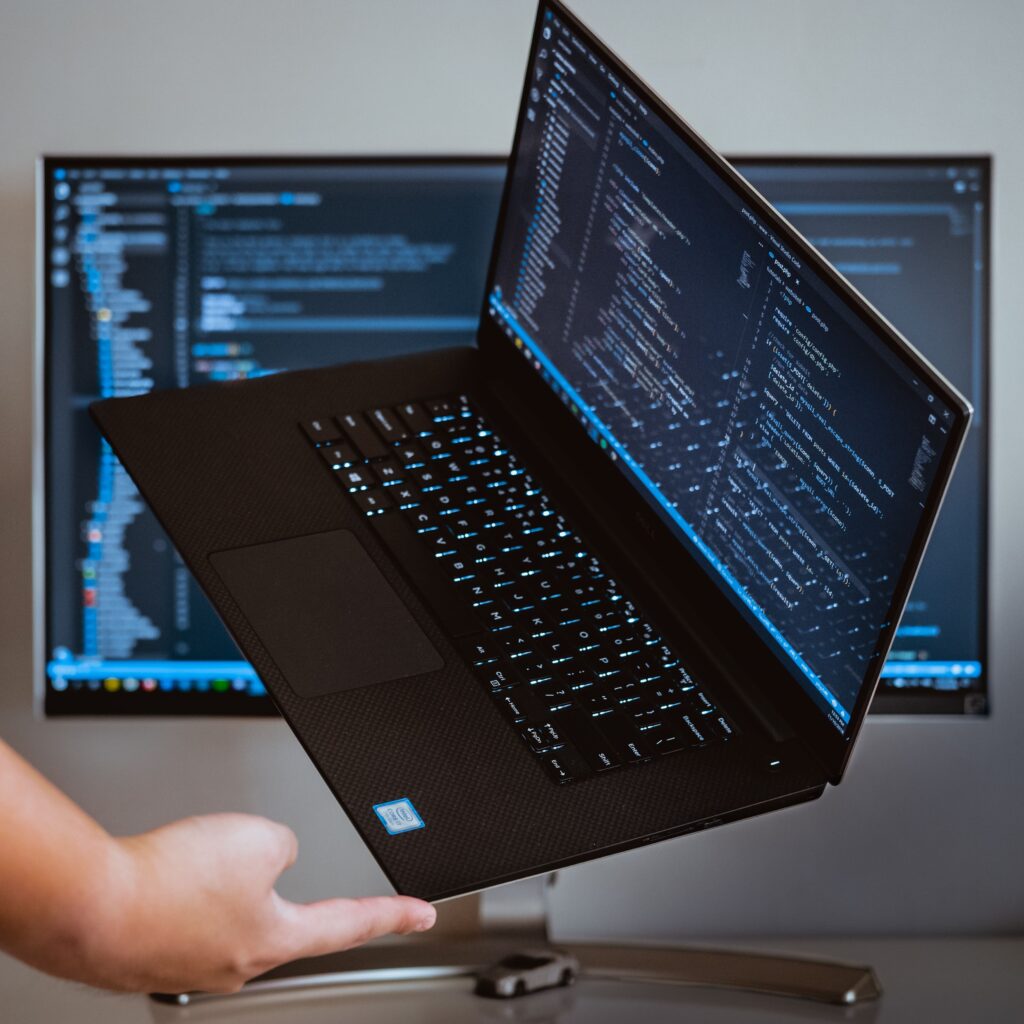
One laptop size, like the desktop, may not fit everyone. Laptops have changed more in the past year than we have seen in some years with the introduction of Ultrabooks and Ultralights. We have defined appropriate configurations for 2012 based on the standard, or entry-level user, who uses a single, or limited applications and mostly does e-mail, runs reports and does research or regular posting of general accounting transactions, and advanced users who demand more power for high-graphical intense applications or multi-processing.
Processing power and graphical resolution tend to go hand-in-hand for laptop devices. The Power Laptop User should be concerned about heat and overheating the components in the small contained area. Most laptops, notebooks, ultralights, Ultrabooks, netbooks, and Ultra Mobile PC (UMPC) devices, which all fall under this category, have very poor ventilation and cooling.
Generally fans are required for cooling and fans are both noisy as well as power hogs, so manufacturers try to reduce the heat produced by these system through design and limiting heat generating components such as memory and the size of the CPU.
Note that most vendors today use the more common term Notebook in place of the term Laptop. Notebooks are all encompassing from large and powerful to small and convenient and does not imply that you must use them on your lap. We have kept the term laptop here simply to avoid any confusion on the part of visitors. Also, NetBooks are very low-end Notebooks, they typically have only 1-2GB of RAM, no CD/DVD Disk Player, and a 10 inch screen or less.
They will cost between $250 – $400, but are really intended for web-based applications such as e-Mail, Web Browsing, or running remote applications processing on a web-server over the Internet. They are pretty much all the same, so we have no specific recommendation, except buy high-end. The primary complaint we have seen from users has been the expectation that they will work like a full laptop and the speed and performance is no where near even a standard laptop configuration.
For the most part smart devices such as the Apple iPad, Samsung Galaxy, Motorola Xoom and BlackBerry PlayBook are replacing the demand for such devices. (See mobile devices for more information on these types of options).
At the risk of making an “over-the-top” recommendation, we believe that many users should choose Ultrabooks or ultralights. An Ultrabook is a higher-end type of subnotebook dfeind by Intel. Intel claims a trademark in the name Ultrabook. Ultrabooks are designed to feature reduced size and weight with a long battery life while retaining strong performance.
They use low-power Intel CULV processors with integrated graphics, solid-state drives (SSDs) for fast loadking times, and a unibody chassis to fit larger batteries into smaller cases. becasue of their minimal size, the ability have many ports (USB, HDMI, VGA, Ethernet, etc.) is limited. The thickness of an Ultrabook must be no more than 0.71 inches (18 millimeters) at its thickest point. The weight must be less than 3.1 pounds. An Ultrabook must have a long battery life, offering more than five hours of general use, and many designs have 7-9 hour battery life.
It must have a flash-based drive for strage and use Intel’s Rapid starte technology for fast boot times. Ideally, Ultrabooks should have a “mainstream” price in the neighborhood of $1,000. Most are priced between $700-1100.
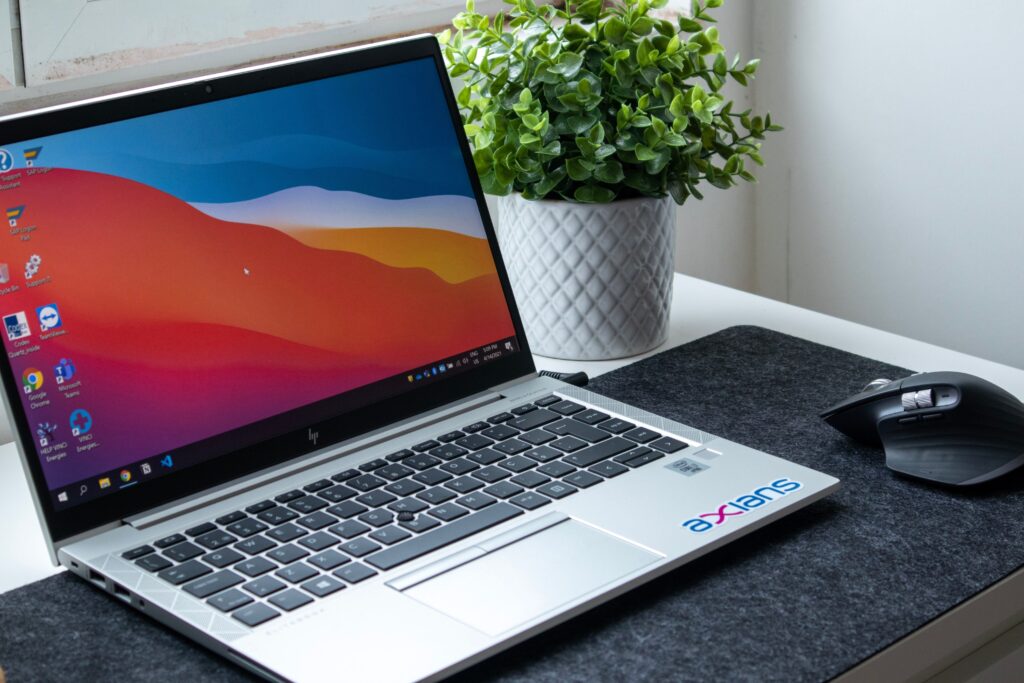
What’s an Ultralight? Essentially these machines do not comply with the Intel Ultrabook definition or use Intel Ultrabook parts. They typically have Intel iCore Generation two processors or comparable AMD processor and no internal optical disk. Ultralights are faster, thinner and lighter than traditional laptop or notebook models. The battery life is generally longer than a traditional notebook. Examples of ultralight computers include the Sony VAIO Signature Collection Z Series and the MacBook Air 2.
Standard or Casual User
Intel iSeries processor 1.7 or better. The iSeries includes the i3, i5, and i7. The higher end options include the new Extreme iSeries with Sandy Bridge technology that has much improved performance and energy conservation. There are a number of comparison charts of the Intel Core iSeries to help you decide.
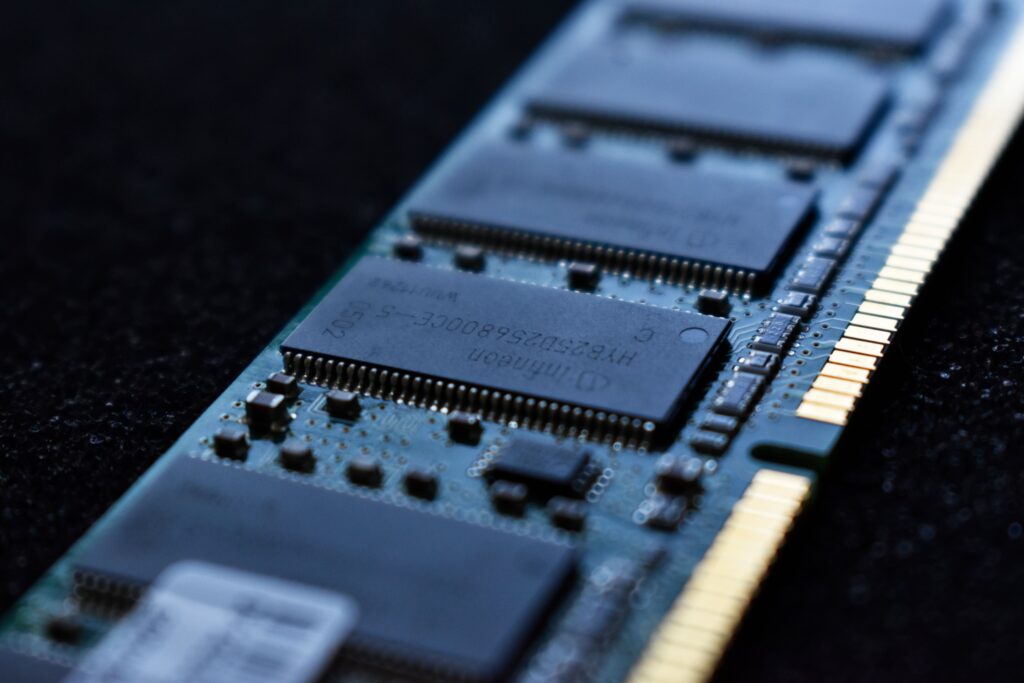
4GB of RAM (If you are running a 32-bit version of the OS, you will only use 3GB of RAM, but we believe that we are on edge of the transition to 64-bit, and it is worth the investment to go ahead with at least 4GB of RAM.
250GB SATA fixed disk drive 7200 RPM minimum (this is the speed the disk turns, the faster the speed, the quicker your data is accessed, and more heat generated.)
Windows 7 Home Premium will most likely be the operating system of choice for standard, or light duty, users, but reporting as high at 10% of the world-wide market, Apple’s Mac OS is a strong contender. Dr. Bob, for example, carries a 2011 Mac Air Thin Laptop, running Windows 7 Professional and all the Windows based software he needs, in a VMWare Fusion virtual machine with great performance, giving him the best of both worlds. We are beginning to see more Apple desktops, and particularly laptops in the workplace.
Ports should include a minimum of 2 USB Ports. Look for side-by-side ports versus over-under for better utilization. You will also need a multi-media port for flash memory
High-speed 1GB Ethernet
802.11/NG Wireless and Bluetooth (Bluetooth is optional on many laptops today.)
128MB (on-board) Graphics card with DVI interface
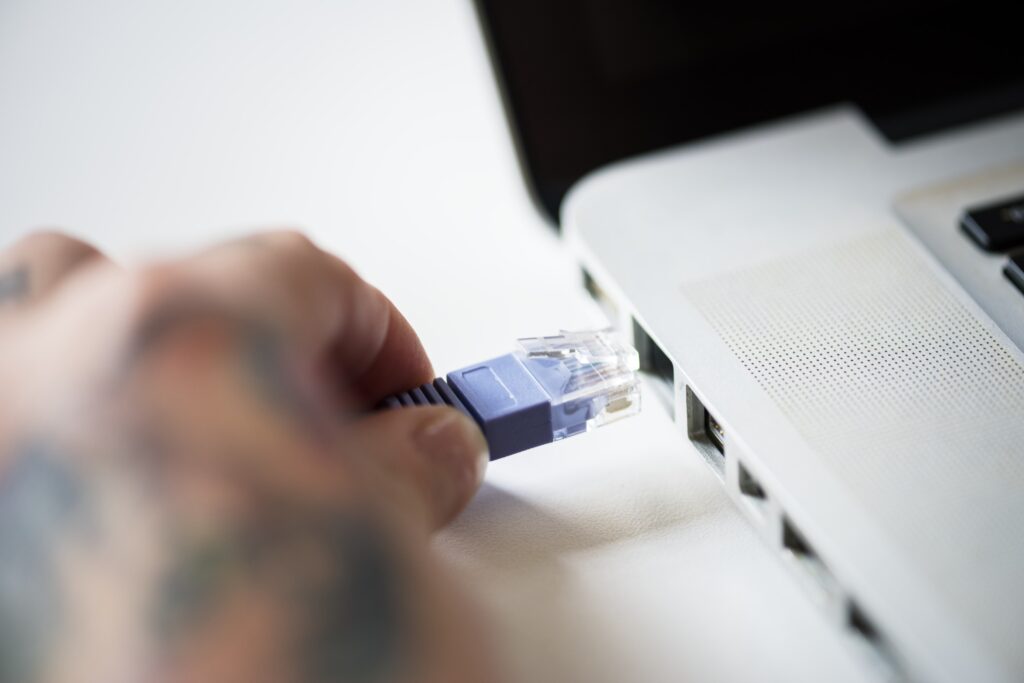
Estimated Pricing: $600 – $1,300
The following brand name options are for example purposes only and not a specific recommendation.
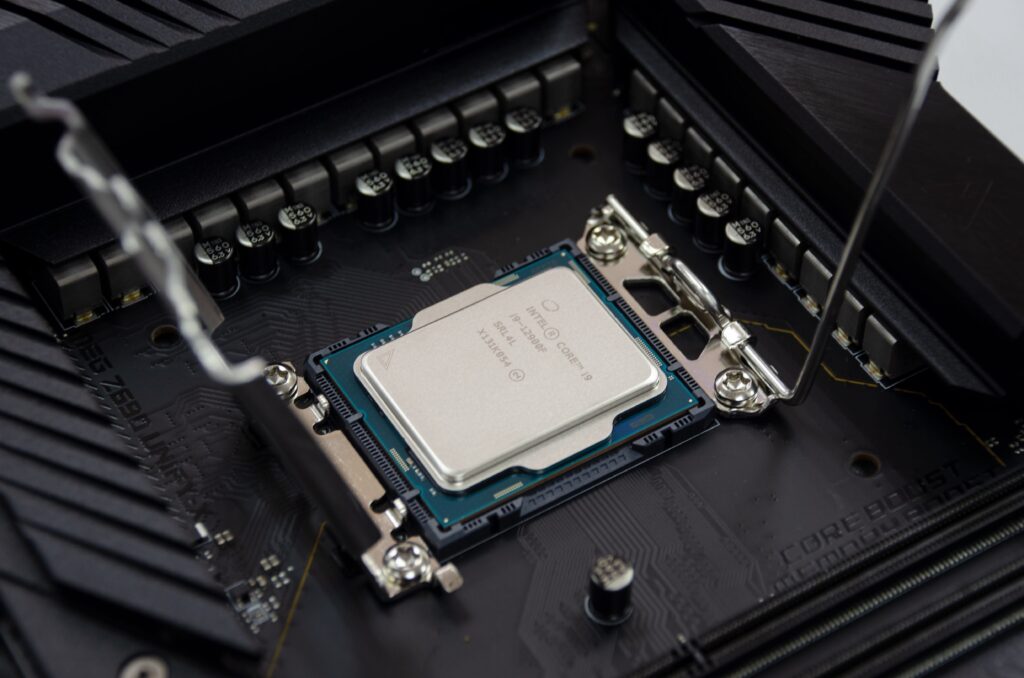
Advanced or Power User
Intel iSeries processor 2.0 or better. See more notes about Intel iSeries Processor here.
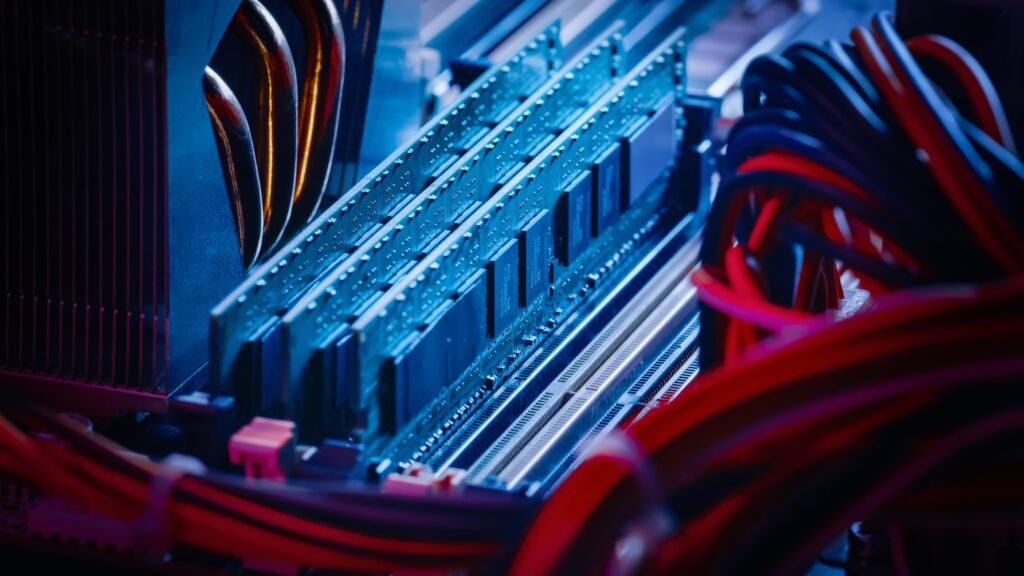
8-16GB of RAM This will require you to run a 64-bit version of the OS
256GB-1TB Solid State Drive. SSD drives are becoming much more popular for those wishing the fastest possible access times. Current trend is to use a SSD as the primary boot drive with applications loaded and files used most often, then have a large capacity secondary drive for all other data files. Expect 512GB solid state drives at affordable prices this year.
Windows 10 Professional is the choice for business or office environment where computers are networked and have heavy data processing requirements. See note to the left. However, a good long-term strategy is to use Microsoft’s Open Licensing with Software Assurance, which grants you license to use Windows 10 Enterprise. Having an Open License with Software Assurance lets you use Microsoft’s encryption capability with BitLocker in Windows 10 Enterprise, permits using Microsoft’s imaging technology, Windows Deployment Services (WDS) and you receive upgrades.
Apple Mac OS as an Option. Many professionals are now considering an Apple laptop alternative to the traditional Windows based solution. Dr. Bob Spencer, for example, carries a Mac Air 13′ and runs VMWare Fusion with a Windows 10 Virtual Machine running all his Windows applications and finds it to be a light weight, high performance alternative.
Ports should include a minimum of 2 USB (USB 3.0 is the current standard, but look for the emerging USB 4.0 Superspeed ports for transfering files quickly.) General rule is you can’t have too many USB ports as everything plugs into these. Also, check for a multi-media port for flash memory. High-end system users may also want a PCI Express port for adaptor cards. Just make sure if you are migrating existing PCI cards that they are the more current PCI Express type as older PCI cards wil not fit, or work, in a PCI Express slot.
High-speed 1GB Ethernet
WiFi6 and Bluetooth Wireless
256MB (on-board) Graphics card with DVI interface
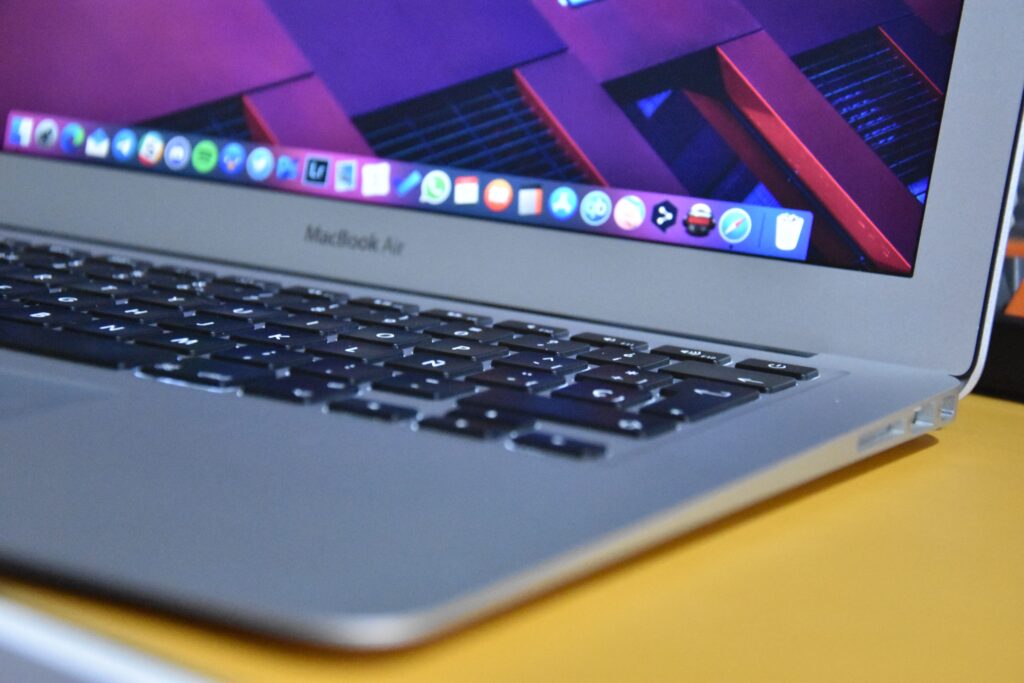
Estimated Pricing: $1,200 – $2,400
The following brand name options are for example purposes only and not a specific recommendation.

